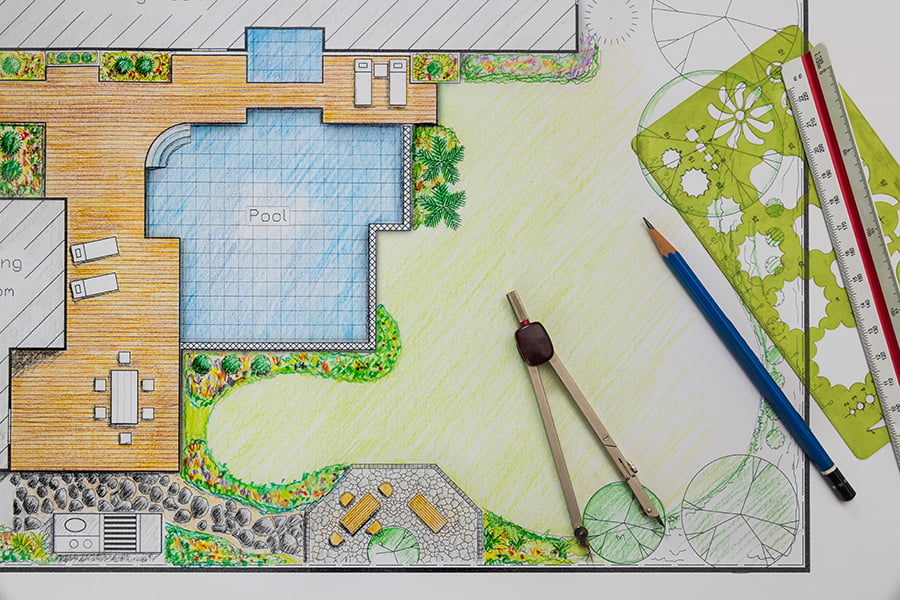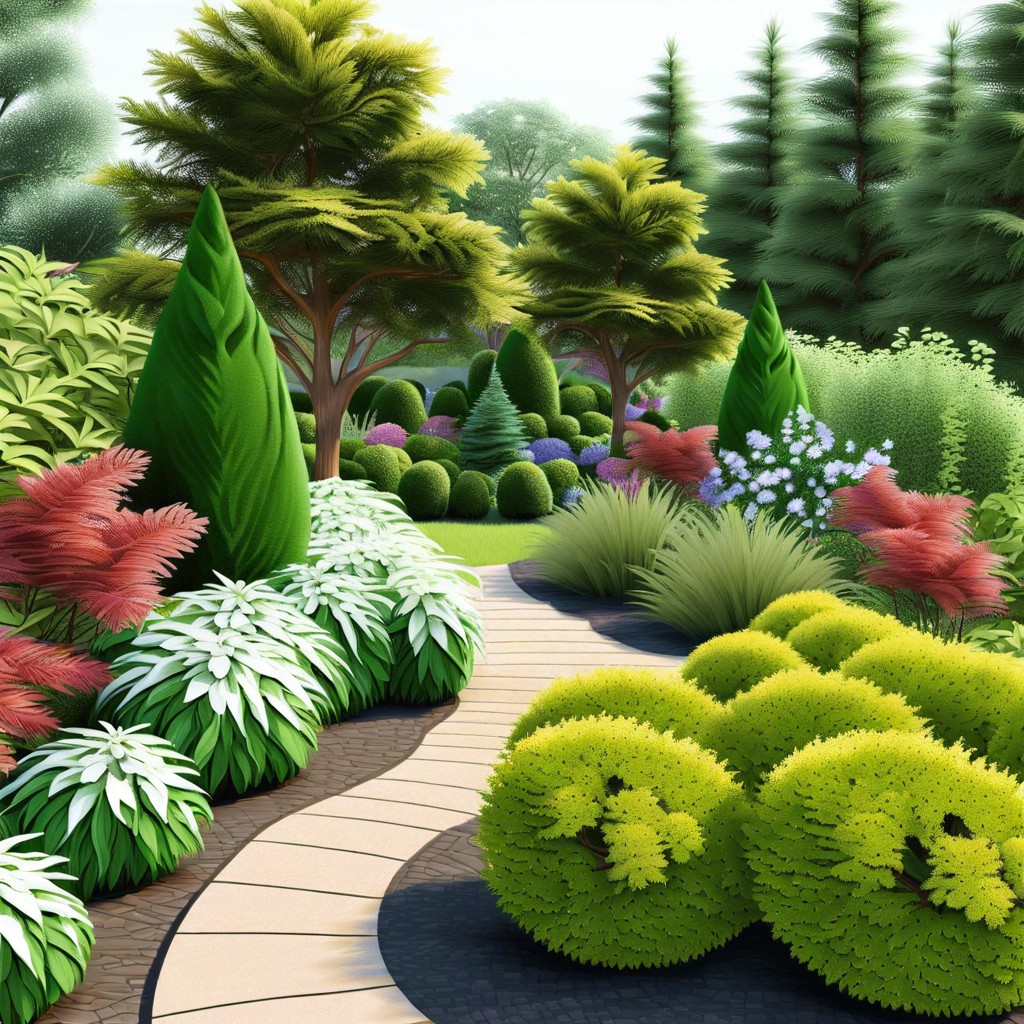Learn how to grow and care for azalea bushes to ensure they flourish in your garden throughout the year.
Key takeaways:
- Azaleas thrive in USDA zones 4-9, with varying growth habits.
- Plant azaleas in spring or fall, in acidic soil with proper watering.
- Azaleas bloom in spring or summer, with a diverse color palette.
- Combat common issues with fungal diseases and pests.
- Plant azaleas in dappled shade and combine with other shade-loving plants.
Botanical Name and Basic Characteristics (Zones, Habit, Height/Spread)

Azaleas, classified scientifically as Rhododendron spp., thrive in a variety of environments, typically suited for USDA zones 4 through 9. This adaptability makes them a favorite among garden enthusiasts. Depending on the species, they can either exhibit a bushy, compact growth habit or a more open and spreading form.
The height and spread of an azalea bush can vary widely. Some dwarf varieties snugly fit into small spaces, growing only about 1-2 feet tall, while larger types can tower up to 8 feet, with an equal spread. Choosing the right variety to match your space and design intent is key.
Familiarity with these fundamental characteristics ensures you pick the perfect plant for your garden landscape.
Planting and Care (When to Plant, Soil Requirements, Watering, Fertilizer Needs)
Successfully growing azalea bushes hinges on getting a few key care factors right from the day you plant them. The best times to plant azaleas are in the early spring or fall, allowing them to establish their root system in mild temperatures. They thrive in acidic soil (pH between 4.5 and 6.0), so it might be necessary to amend your garden soil with sulfur or peat moss to achieve the right pH balance.
Proper watering is crucial, especially during the first few growing seasons. Azaleas prefer moist, well-drained soil; avoid overwatering, which can lead to root rot. An effective method is to give them a deep watering once a week rather than a little every day.
When it comes to nutrition, these plants are fairly low-maintenance. Applying a fertilizer designed for acid-loving plants in early spring can support lush growth and vibrant blooms. Just follow the instructions on the label to avoid over-fertilizing, which can harm the plant. With these care tips in mind, your azaleas will be set for success.
Flowering and Foliage Details (When Do Azaleas Bloom?, Color and Type of Flowers, Foliage Characteristics)
Azaleas typically greet the spring with a spectacular burst of color, blooming predominantly from March to May, depending on the climate. The blooms last for several weeks, bathing gardens in vivid hues. While most varieties flower in spring, there are also summer-blooming types that add color well into the warmer months.
The color palette of azalea flowers is incredibly diverse, ranging from crisp whites to deep reds, vibrant pinks, and even bold purples. Some varieties even boast bi-colored petals or striking patterns, making each bush an attention-grabber in any landscaping plan.
In terms of foliage, azaleas are primarily known for their lush, green leaves, which create a dense backdrop for the brighter blooms. The leaves typically stay deep green throughout the summer and can turn yellow, red, or a rusty orange as temperatures cool in fall, depending on the variety. This seasonal change offers a delightful contrast against the remaining landscape, keeping your garden visually interesting beyond the blooming season.
Common Issues and Solutions (Diseases & Pests, Are Azaleas Poisonous?)
Azaleas are generally robust, but they do face a few common issues that might hinder their health and bloom. Among these issues are fungal diseases like leaf gall and rust, as well as pests, such as azalea lace bugs and spider mites. To combat fungal infections, ensure the plants have good air circulation and avoid overhead watering. Using appropriate fungicides can also be effective. For pests, regular inspections and insecticidal soaps or oils can help keep these bugs at bay.
If you’re worried about the safety of azaleas around pets and children, it’s good to know that they are indeed toxic if ingested. The plant contains substances called grayanotoxins which can cause vomiting, diarrhea, and lethargy. It’s best to plant azaleas out of reach or educate family members about not chewing on garden plants.
Landscaping With Azaleas (Where to Plant, What to Plant With Azaleas, Planting in Containers)
Azaleas thrive under the dappled shade of tall trees, which mimics their natural habitat. Avoid planting them in deep shade or fully exposed to harsh sun. To keep your garden vibrant, combine azaleas with hostas, ferns, and bleeding hearts which all flourish in similar conditions.
For a stunning patio display, consider potting azaleas in large containers. Use pots with drainage holes and fill them with a mix designed for rhododendrons or acidic-loving plants. This ensures your azaleas have the perfect environment, even if your garden soil isn’t ideal.
Remember, azaleas’ shallow root systems mean they do well with a layer of mulch to keep the roots moist and cool. Just be sure not to pile it against the stems to prevent rot.




